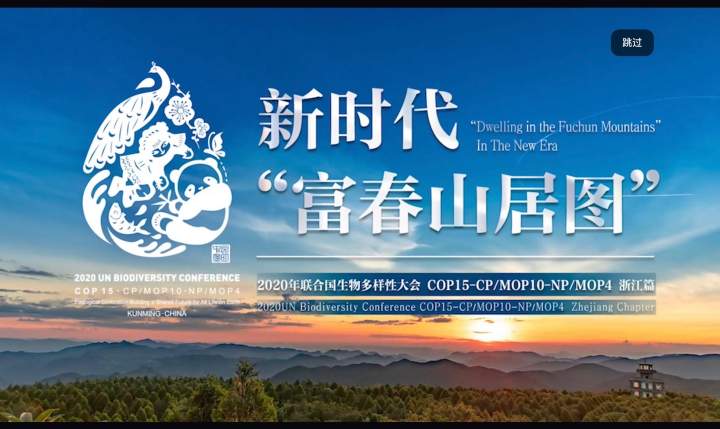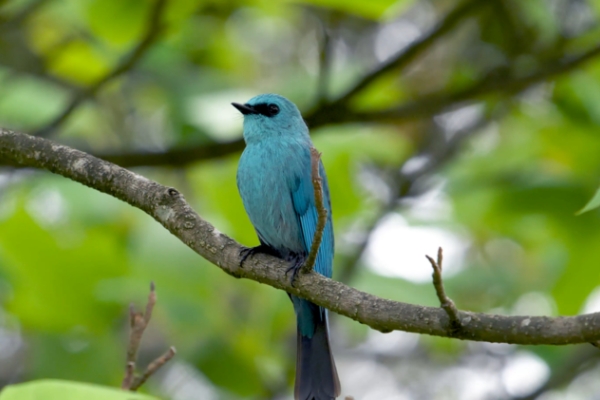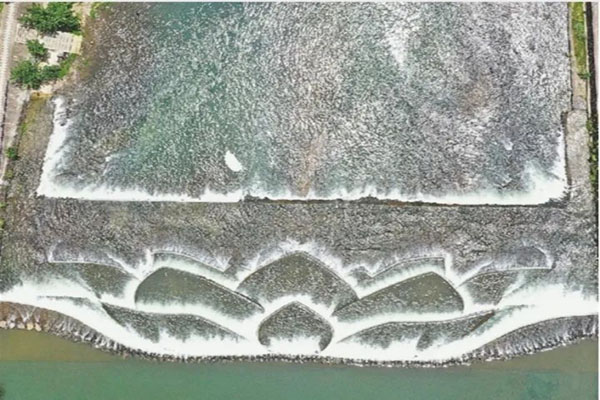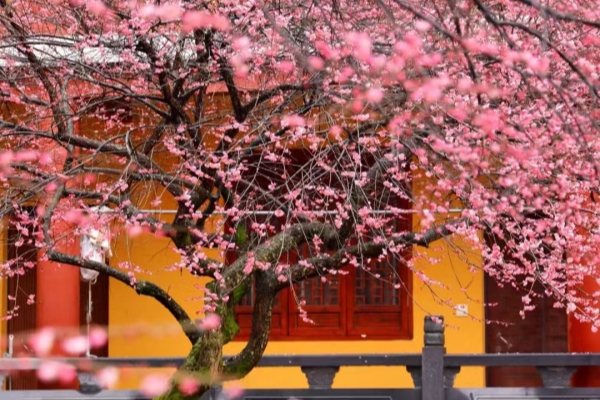Online exhibition showcases Zhejiang's achievements in preserving biodiversity
The 15th meeting of the Conference of the Parties to the Convention on Biological Diversity, known as COP15, is being held in Kunming, capital of Southwest China's Yunnan province.
Zhejiang authorities attended the meeting and took the opportunity to launch an online exhibition of the province's achievements in preserving biodiversity.
The online exhibition consists of five sections: ideology, mountain, river, ocean, and homeland.
As mentioned in the "ideology" section, Zhejiang is the birthplace of the concept that states that "lucid waters and lush mountains are invaluable assets".
As shown in the "mountain" section, Zhejiang is a mountainous, water-deficient region with insufficient farmland. The province's land area is 74.6 percent hilly areas, 5.1 percent water, and 20.3 percent flat terrain.
Zhejiang authorities highly value the development of national parks and natural reserves and have made remarkable breakthroughs in this regard. In particular, Zhejiang implemented the country's first eco-compensation mechanism as well as the country's first local GEP (Gross Ecosystem Product) accounting standard.
Zhejiang has eight major rivers, including Qiantang River and Oujiang River. The province has 260,000 square kilometers of sea area as well as 6,633 kilometers of coastlines that account for 20.3 percent of the national aggregate.
The population of many precious aquatic and marine species in the province has surged in recent years.

A snapshot of the interface of Zhejiang's online exhibition for biodiversity. [Photo/zjol.com.cn]

 Lishui establishes intelligent biodiversity monitoring system
Lishui establishes intelligent biodiversity monitoring system New fungus species discovered in Qingyuan
New fungus species discovered in Qingyuan Lishui transforms weirs to aid fish migration
Lishui transforms weirs to aid fish migration